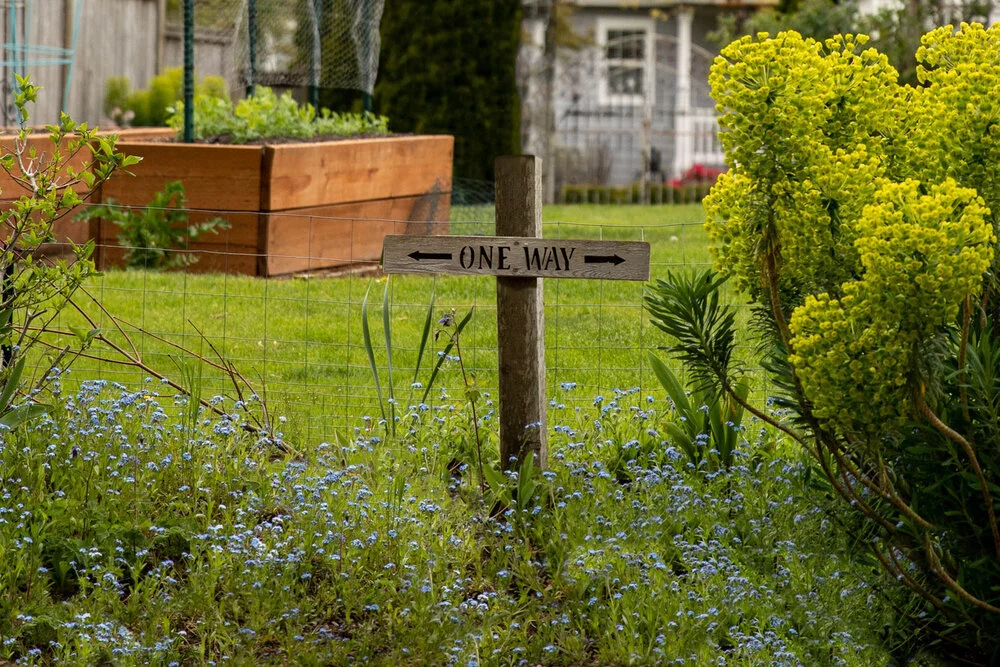Anxiety and the Power of Memory
Memory has power. It holds together fragments of our biography in a way that we can experience ourselves as an individual human being with a ‘meaning’ of our very own. It stands behind judgements and decisions that we make, supporting them for better or for worse. Memories flit like butterflies around and through various relationships in life; and as these memories accumulate, they can either strengthen or erode away at the very fabric of our friendships and intimacies. Memories also may be debilitating in as much as we allow them to crystalize and then ‘get stuck’ in them. On the other hand, the process of losing our memory contributes to wasted time at best (‘Where are my keys!), and at worst to dangerous situations (someone with severe dementia wandering off and getting lost). Imbalances in how we use our powers of memory may be overlooked as a significant root cause of anxiety. Understanding memory and its power can bring to light ways to improve its benefits and increase its salutary effect on anxiety and nervousness.
Anxiety usually is connected with fearful feelings and thoughts about how events of the past will develop into future events. It is self-evident that memory has to do with the past. What is not necessarily so obvious is what it has to do with the future! One connection that I have personally found helpful is in the art of mosaic. A few months back, I attended a workshop to experience this art form, and felt so disappointed and almost insulted, when we were asked to choose a template from among a few drawings of flowers that looked to me like something straight out of a child’s coloring book. However, in a process that involved two straight and full days of painstakingly patient work, we all created beautiful and individualized art work from broken shards of glass! For me, this work seemed as a metaphor for the process of picking up hardened ‘broken’ pieces of one’s past life and fitting them into a ‘form’ imposed from the outside, in order to create an individualized, meaningful, whole, and beautiful work of art that may be carried into the future. Considering this process through an anthroposophical lens, I could feel a significance of working with the mineral (physical world) silica in the form of shattered glass, and fitting these pieces into a plant form (etheric world of formative forces and ideals).
Here is a link to classes from this mosaic-artist-teacher whom I really enjoyed: https://www.joannedaschel.com/studio-classes. She also offers kits for beginners and has inspiring work of her own for sale. Here’s my favorite: https://www.joannedaschel.com/post/renewal-wrapped-in-mystery. Talk about light shining out of the darkness…!
Here are a few suggestions to help you towards your own solutions, while meanwhile strengthening and balancing your memory forces:
1. Consume foods rich in choline. Acetylcholine is at the basis of memory function, and eating choline rich foods has been shown to increase levels of acetylcholine in the brain thus improving memory. It would make sense that the whole egg, with its connection to the imagination of primal beginnings, is one of the best sources of dietary choline. Chickpeas, lentils, broccoli and brussels sprouts are good vegan sources of this essential nutrient.
2. Drink silica-rich mineral water (and presumably teas as well; such as horsetail and nettle). This has been shown to decrease aluminum levels in the brain which are associated with Alzheimers’s disease. A 2013 study by Davenward et. al. suggests that a liter daily for 12 weeks is enough to effect significant lowering of the body burden of the neurotoxic aluminum. Nettle and Horsetail are rich in silica and have specific properties that are especially beneficial to memory. Check out this super-interesting illustrated link about how nettles sting! https://www.compoundchem.com/2015/06/04/nettles/
3. Most of us have had the experience of gaining strength from dwelling on a healthy memory from our younger years; and likewise have had our strength drained from not being able to let go of a painful memory of a traumatic experience. In his lecture entitled ‘Overcoming Nervousness’, Rudolf Steiner gives several exercises which work to strengthen healthy memory forces. These exercises were surprising to me in their content, and remarkably not time consuming, and even actually worked! For example, one exercise to combat the symptom of chronically losing a specific item, he described like this: ‘There is a good exercise for gradually curing such forgetfulness. Suppose, for example, a lady is forever putting her brooch down when she takes it off in the evening, and then cannot find it in the morning. You might think the best cure for her forgetfulness would be to remember to put it always in the same place. There is, however, a far more effective means of remembering where it is. This does not, of course, apply to all objects but in this case the lady should say to herself, “I will put my brooch in a different place each evening, but as I do so I will hold the thought in mind that I have put it in a particular spot. Then I will form a clear picture in my mind of all the surroundings. Having done this, I will go quietly away. I realize that if I only do this once, I probably will not succeed, but if I make a habit of it, I will find that my forgetfulness gradually disappears.’ See this link for the full text and other exercises: https://wn.rsarchive.org/Lectures/19120111p01.html
4. And finally, there is the herb Rosemary; straight out of Shakespeare’s Hamlet:
Ophelia declares: ‘There’s rosemary, that’s for remembrance: pray, love, remember.’



